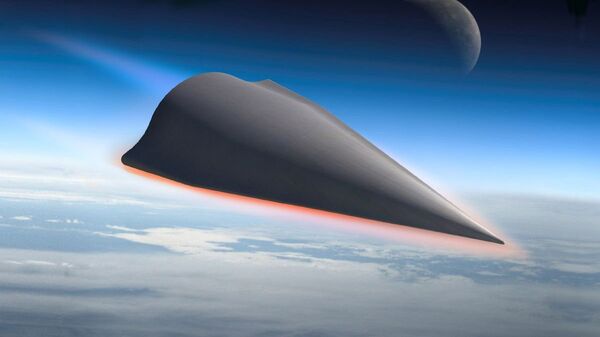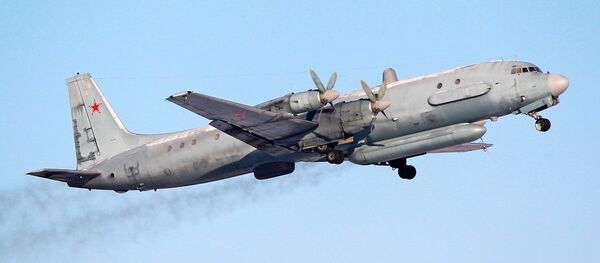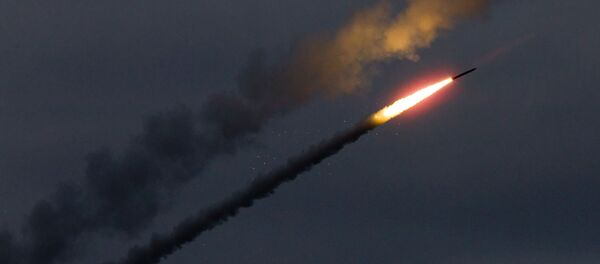“The hypersonic tests by China and Russia are aimed at causing a threat to the US, which plans to set up a missile defense system in South Korea,” the South China Morning Post, a Hong Kong-based English-language newspaper writes, quoting Professor He Qisong, a defense policy specialist at the Shanghai University of Political Science and Law.
His comment refers to the recent successful tests by the two countries of their offset Hypersonic Gliders.
The view is echoed by Beijing-based military expert Li Jie, who said that China was trying to use the recent DF-ZF test to warn the US that the PLA (Chinese People’s Liberation Army) had “another powerful weapon capable of countering the THAAD system.”
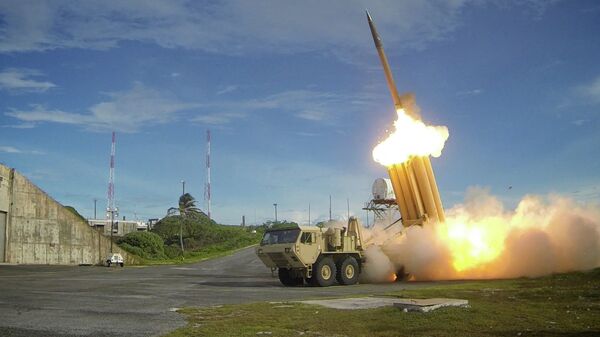
The US proposes to deploy the Terminal High Altitude Area Defense (THAAD) system in South Korea, claiming it is needed to protect its regional allies from North Korea.
The proposal has already been condemned by both China and Russia as an aggravation of the situation on the Korean Peninsula.
Russian Foreign Minister Sergei Lavrov, together with his Chinese counterpart Wang Yi warned on Friday against using Pyongyang’s activities, such as the recent nuclear test and multiple missile launches, as a pretext for building up US military presence in the region.
Last week Beijing conducted the seventh successful test of its DF-ZF glide vehicle designed to defeat US missile defenses.
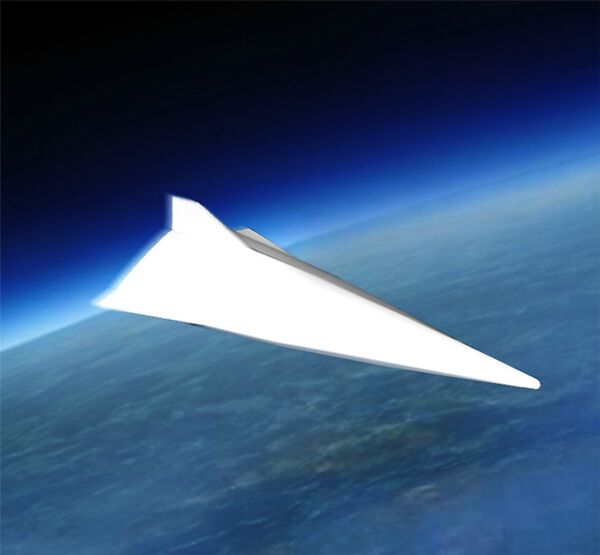
The DF-ZF is an ultra-high-speed missile which can travel at speeds between Mach 5 and Mach 10, which is 5 to 10 times the speed of sound and is capable of penetrating US air defense systems based on interceptor missiles.
The hypersonic strike vehicle (Pentagon’s previous code name WU-14) consists of a rocket that reaches the upper atmosphere to then release a glider that reaches hypersonic speeds upon descent.
The ballistic missile booster was fired from the Wuzhai missile launch center in central China.
It transported the DF-ZF HGV (hypersonic glide vehicle) near the edge of the atmosphere, the boundary between space and Earth’s atmosphere, approximately 100 km above the ground, where it separated from its launcher and then glided to an impact range a few thousands kilometers away, according to the Washington Free Beacon.
The gliding phase enables the HGV not only to maneuver aerodynamically – performing evasive actions and evading interception – but also extends the range of the missile.
The maneuvering glider, traveling at several thousand kilometers per hour, was tracked by satellites as it flew west along the edge of the atmosphere to an impact area in the western part of the country.
It still remains unclear whether the DF-ZF HGV will be armed with nuclear or conventional warheads.
The DF-ZF HGV could also be launched atop an anti-ship ballistic missile to target naval assets. For example, a DF-21 armed with a DF-ZF HGV would extend the missile’s range from 2,000 to over 3,000 km (2,485 miles).
The Pentagon has kept a close eye on the development of the DF-ZF since it was first tested in January 2014.
The congressional US-China Economic and Security Review Commission stated in its most recent annual report that the hypersonic glide vehicle program was “progressing rapidly” and that the new strike weapon could be deployed by 2020.
A more powerful version was also in development and could be fielded by 2025, it said.
The Chinese Defense Ministry confirmed another Beacon report that Beijing tested its newest intercontinental ballistic missile, the DF-41 which has a range of at least 12,000km on April 12.
The hypersonic glider was launched atop RS-18A strategic ballistic missile (UR-100N, NATO designation SS-19 Stiletto) from eastern Russia andis reported to be successful.
However no details were provided on how fast the vehicle went or the distance it traveled.
Russia’s 3M22 vehicle is expected to enter into production in 2018.

